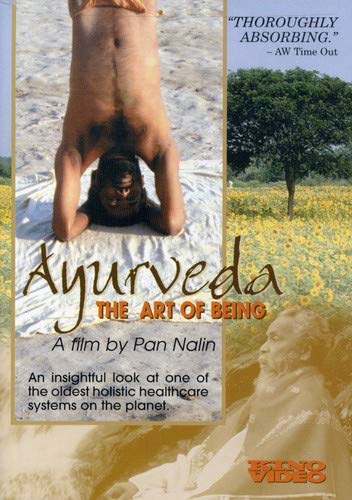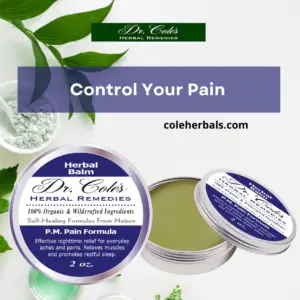If you’ve never heard of Fanconi’s Anemia, that’s probably a good thing, as people who have the rare blood disorder often live to be just 20-30 years old.
The most common causes of death from this disease include large, solid tumors and bone marrow failure.
Currently, the major allopathic treatment for this blood disorder, which can also lead to leukemia in many cases, is a bone marrow transplant, a time-consuming and expensive process that requires a matching donor to be found. Oftentimes, matches are not found on time.
While bone marrow transplants can save lives, there are many healers out there who believe that there are far simpler, inexpensive and natural ways to combat these rare blood disorders, which have been on the rise in developed nations for years.
Ayurvedic healers in particular from the nation of India have seen success using a particular type of tree bark. In this video from the incredible documentary film ‘Ayurveda: The Art of Being,’ a young boy named Bharath is able to regain his health after being diagnosed with the deadly, rare disease (see clip at the bottom of the article).
The Science Behind the Healing
The movie doesn’t mention what bark is used in the healer’s (Narayan Murthy) protocol, but an Internet search revealed the following promising study of an Indian bark called Erythrina suberosa stem (ESB). The study is in the U.S. government database PubMed and the abstract can be viewed here (and read below):
In this study, the apoptosis-inducing effect of an alcoholic extract from Erythrina suberosa stem bark (ESB) was investigated using human promyelocytic leukemia HL60 cells. Cell viability was estimated by MTT assay. We found that the ESB inhibited cell proliferation in a dose- and time-dependent manner. A series of well-documented morphological changes, such as cell shrinkage, condensation of nuclear chromatin, and nuclear fragmentation, were observed by fluorescence microscopy.
The gold standard scanning electron micrographs showed apoptotic bodies and formation of blebs. Cell cycle analysis showed a significant increase in Sub G(0) population of cells above 50 ?g/ml. ESB treatment resulted in a dose-dependent increase in annexin V positive cells. Increase in intracellular ROS production up to sixfold was detected in ESB-treated HL60 cells by DCFH-DA assay.
Dissipation of mitochondrial membrane potential of intact cells accompanied by increase in cytosolic cytochrome c was observed, which was followed by activation of caspase-9 and -3 but not caspase-8. DNA fragmentation analysis revealed typical ladders as early as 18 h indicative of caspase-3 role in the apoptotic pathway. The overall results suggest that ESB induces mitochondria-mediated intrinsic apoptotic pathway in HL60 cells and might have therapeutic value against human leukemia.
Instead of a bone marrow transplant, Bharath opted for Ayurvedic (whole body and natural) medicine, and a type of tree bark that is likely similar to the one above.
Of course, it should be noted that this is for informational purposes only and should not constitute medical advice. That being said, it’s rather odd that allopathic medicine completely ignores such promising studies combined with promising anecdotal evidence and success stories from traditional herbal and natural healers.
But these results are astounding, as you’ll see in this short clip:
Ayurveda and its Role in the Future of Medicine
As one Ayurvedic practitioner says at the end of the documentary film, the two systems should be working together to create the most harmonious and effective system possible, and yet they remain at odds with each other.
 Perhaps some day, we’ll learn to listen and put an end to all of this unnecessary pain, and natural healing methods from Ayurveda and other systems will be given the respect they deserve by the mainstream medical community (there are already signs that this is happening, thankfully).
Perhaps some day, we’ll learn to listen and put an end to all of this unnecessary pain, and natural healing methods from Ayurveda and other systems will be given the respect they deserve by the mainstream medical community (there are already signs that this is happening, thankfully).
In the meantime, you can purchase the full documentary here on Amazon.com from director Pan Nalin.
Out of 15 customer reviews of the film, 14 of them are 5-stars and one is a 4-star. You can learn more about the movie by clicking here.
This article is for informational purposes only and does not constitute medical advice, nor is it intended to treat, prevent or diagnose any diseases. Consult a doctor before changing your diet, medical or supplement routine and see our full disclaimer here.
Thanks for installing the Bottom of every post plugin by Corey Salzano. Contact me if you need custom WordPress plugins or website design.






